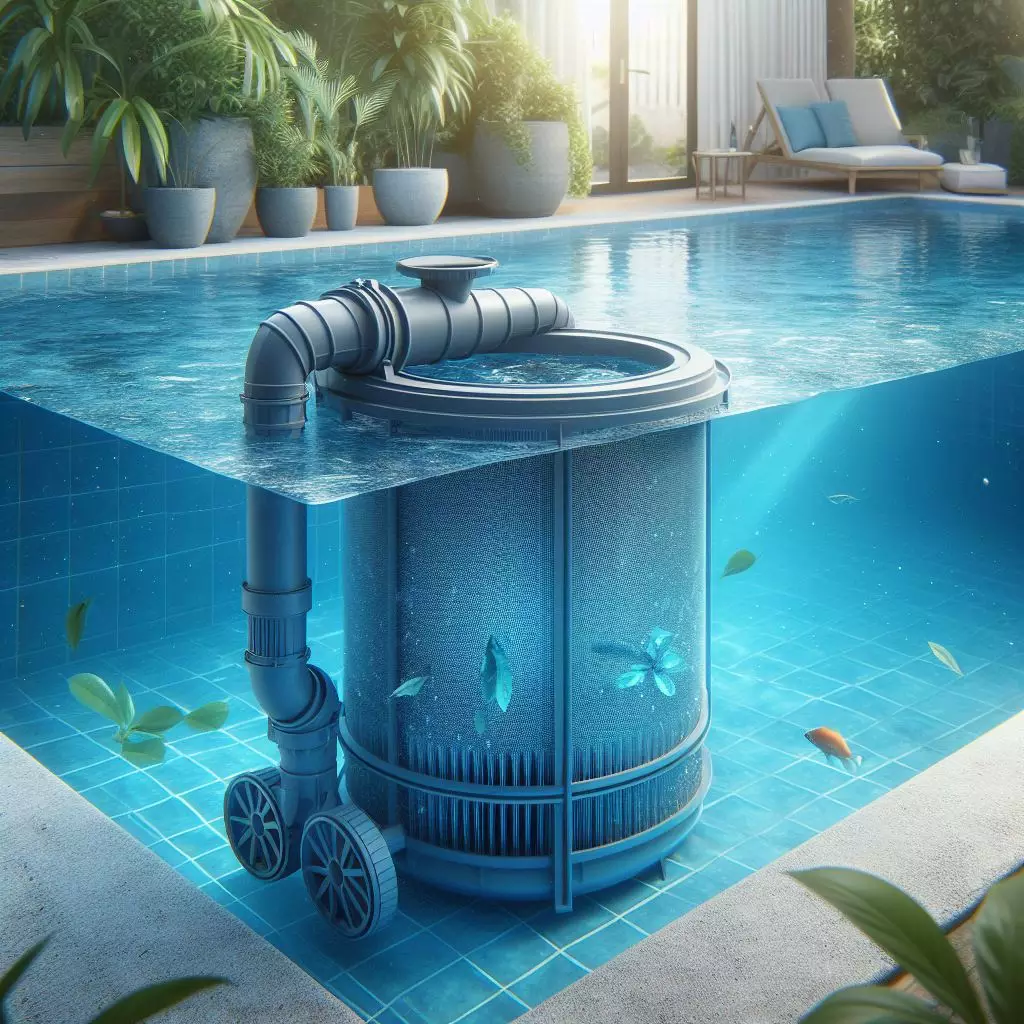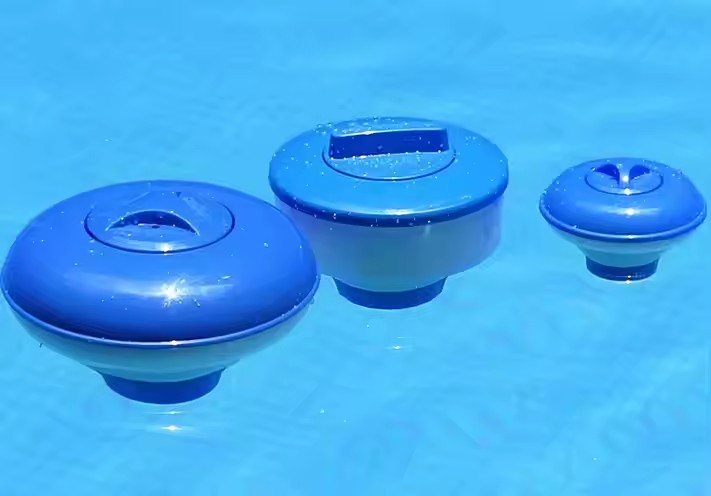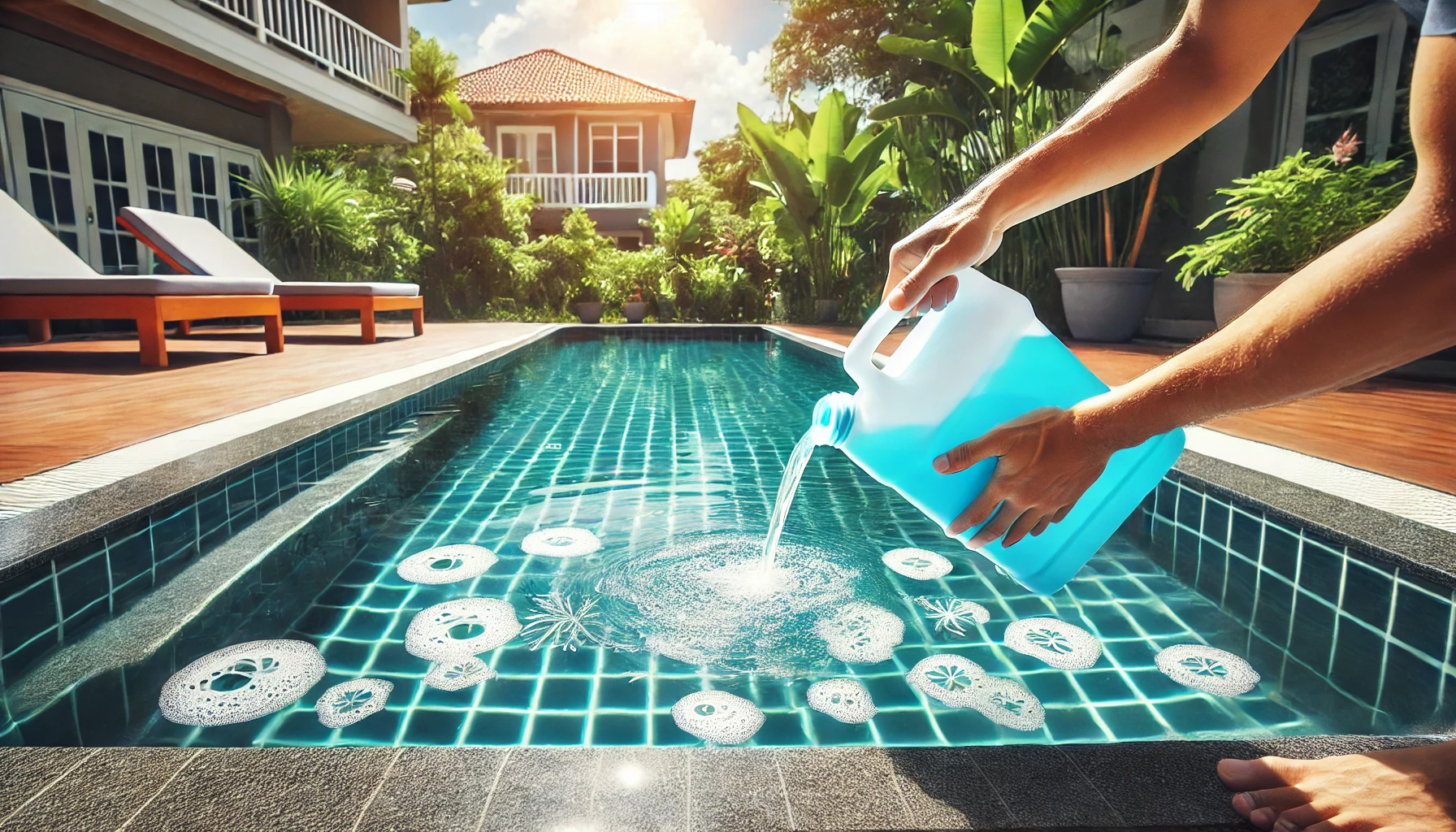A swimming pool is a source of joy and relaxation for many, but its upkeep requires attention and care. Among the various types of pool filtration systems, sand filters stand out for their durability, efficiency, and ease of maintenance. Sand filters work by passing pool water through a sand-filled tank, where debris and contaminants are trapped in the sand particles, leaving the water clean as it flows back into the pool. Proper maintenance of your sand filter not only ensures crystal clear water but also extends the life of your pool equipment. This article delves into the essential practices for maintaining a swimming pool sand filter, ensuring it operates at peak efficiency.
Understanding Sand Filters
Before diving into maintenance routines, it’s crucial to understand how sand filters function and why they are a popular choice among pool owners. Sand filters use a simple yet effective method to purify pool water, capturing particles as small as 20 to 40 microns. The simplicity of their design makes them less prone to problems than more complex systems, but like all mechanical systems, they require regular care to function correctly.
Regular Inspection and Maintenance
Daily Inspection
Check the Pressure Gauge: A sudden rise in pressure indicates that the filter is becoming clogged with debris and needs backwashing.
Inspect the Sand Bed: Occasionally, the sand needs to be loosened to prevent channeling, where water bypasses the sand altogether.
Weekly Maintenance
Backwashing: This process reverses the flow of water through the filter, flushing out trapped debris. It’s essential to backwash your filter when the pressure gauge reads 8-10 psi above the normal operating level.
Rinsing: After backwashing, set the filter to rinse for a short period to settle the sand and remove any remaining dirt from the water.
The Importance of Sand Quality
The type and quality of sand used in your filter significantly impact its filtering capability. Over time, sand can become clumped, calcified, or lose its roughness, which diminishes its effectiveness. This section will explore:
When to Replace the Sand: Generally, sand should be replaced every 5-7 years, but this can vary depending on pool usage and maintenance routines.
Choosing the Right Sand: Not all sand is created equal. Pool-grade silica sand, typically 20-grade silica, is most effective for filtering pool water.
Deep Cleaning the Sand Bed
In addition to regular backwashing, performing a deep clean of the sand bed at least once a year is crucial for removing oils and deeply embedded debris that backwashing can’t eliminate. This involves:
Chemical Cleaning: Specialized cleaners can help break down oils and grease, improving the efficiency of the sand filter.
Physical Agitation: Manually stirring the sand or using specific tools can help dislodge buildup and ensure a more thorough clean.
Troubleshooting Common Sand Filter Issues
Even with diligent maintenance, issues can arise. This section will cover common sand filter problems, their symptoms, and how to address them, including:
Low Water Flow: Causes and solutions for reduced water circulation.
Sand in the Pool: Identifying and fixing the reasons behind sand making its way back into the pool.

Winterizing and Seasonal Care
For pool owners in colder climates, preparing the sand filter for winter is a critical step in maintenance. This segment will provide a step-by-step guide on winterizing your sand filter, including:
Draining the System: Ensuring all water is removed to prevent freeze damage.
Cleaning and Storage: Recommendations for cleaning the filter and preparing it for storage during the off-season.
Professional Maintenance and When to Seek Help
While many aspects of sand filter maintenance can be handled by the pool owner, certain situations may require professional assistance. Knowing when to call in a professional can save time and prevent further damage to your pool system.
Conclusion
Maintaining a swimming pool sand filter is essential for keeping your pool water clean and your swimming experience enjoyable. Through regular inspections, proper cleaning routines, and addressing issues promptly, you can ensure your sand filter remains effective for years to come. Remember, a little maintenance goes a long way in extending the life of your pool and its equipment.


